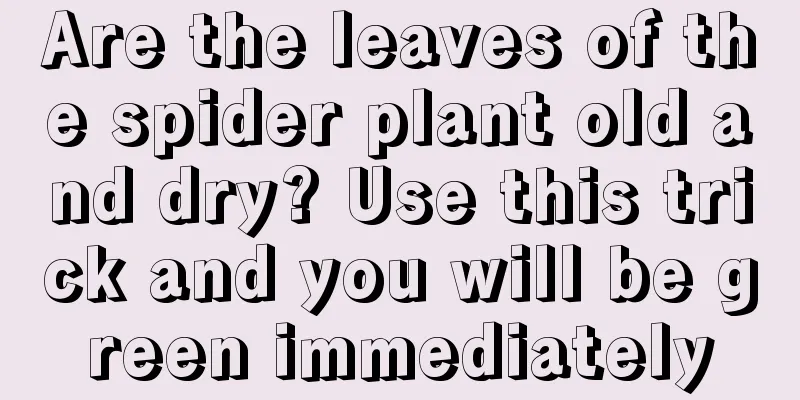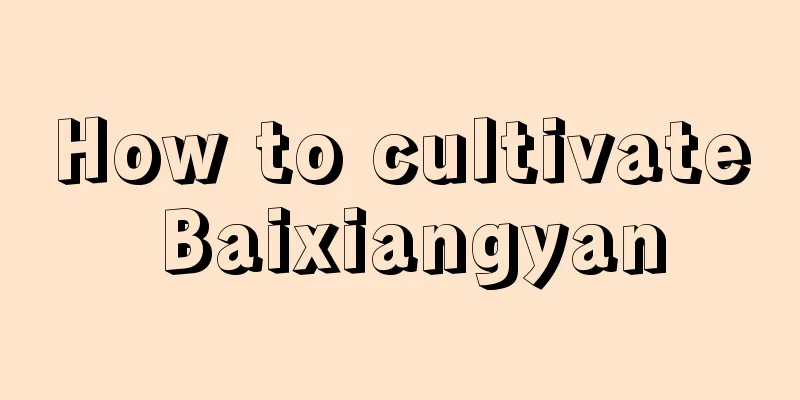Wheat field management measures in March

|
As March approaches, wheat in many planting areas has entered the jointing stage. Many farmers have managed the wheat by watering and applying fertilizer to promote the rapid greening of wheat. Let’s talk about the field management measures for wheat in March. 1. Weeding The time is during the greening period of wheat - the rising period, and it is strictly forbidden to use pesticides after jointing. When using pesticides, choose appropriate herbicides according to the local weed species and strictly follow the instructions for use. Do not miss any spots or overspray, and do not pour the remaining pesticide liquid on the farmland. 2. Watering and fertilizing After wheat enters the jointing stage, it is also a critical period for water and fertilizer needs. Therefore, if drought occurs in the field, the wheat turns yellow, and the growth is weak, attention should be paid to irrigation, watering, and topdressing. Especially when the local soil cracks and there has been no effective rainfall for a long time, water should be replenished and irrigation should be carried out in time. Some farmers may ask, if water has been applied during the greening period, is it necessary to apply water during the jointing period? Whether to water or not depends on the soil moisture conditions in the field. If the soil is still relatively dry during the jointing stage after watering, then watering is needed again. The same applies to topdressing. If urea has been applied during the greening period, but the amount is not much, and the growth of wheat is not ideal after entering the jointing stage, then topdressing is needed again. In short, whether wheat needs to be fertilized and watered during the jointing stage depends on the specific wheat in different plots. 3. Disease prevention and control After wheat enters the jointing stage, diseases in the field begin to spread, such as stripe rust and sheath blight. Therefore, farmers should take corresponding control and prevention measures (mainly through chemical control methods). For stripe rust, commonly used agents include 250 g/L tebuconazole emulsion 30 ml/mu, 30% fluphenazine suspension 20-25 ml/mu, 12.5% diniconazole wettable powder 30-50 g/mu, 250 g/L propiconazole emulsifiable concentrate 33 ml/mu, 25% triadimefon wettable powder 50-60 g/mu, etc.; commonly used agents for sheath blight include 12.5% diniconazole wettable powder, 15-20 ml per mu, 250 g/L propiconazole emulsifiable concentrate, 45-60 g per mu, 10% hexaconazole suspension, 30-40 ml per mu, jinggangmycin, etc. Depending on the prevention and control situation, multiple sprayings can be made at intervals of 7-10 days. 4. Pest control After wheat enters the jointing stage, the main insect pests are red spider mites, aphids, etc. These two pests are difficult to control and cause great harm due to their high density, small size, and easy occurrence on the back. For aphids, commonly used control agents include 5% acetamiprid emulsifiable concentrate 30-40 ml/mu, 70% imidacloprid water-dispersible granules 2-4 g/mu, 5% highly effective chlorfenapyr emulsifiable concentrate 10-14 ml/mu, 25% thiamethoxam water-dispersible granules 8-10 g/mu, 25% pymetrozine wettable powder 16-20 g/mu, etc.; for wheat red spider mites, commonly used agents include cypermethrin, abamectin, cypermethrin, chlorpyrifos, etc. 5. Pay attention to late spring cold After late March, although the temperature gradually rises, we still need to guard against the occurrence of late spring cold snaps. We must do a good job of preventing late spring cold snaps. Commonly used methods include watering, fertilizing, spraying foliar fertilizers , and preventing and controlling diseases and pests. The purpose is to promote normal growth of wheat and improve its own resistance. That’s it |
<<: Can lucky bamboo be grown in soil? Introduction to soil growing methods
Recommend
What are the methods of propagating spider plants?
Seed propagation The most suitable time for sowin...
Keep a pot of "Fortune Flower" at home to bring good luck and safety, the more you keep it, the richer you will be!
Anthurium, great ambitions and a prosperous caree...
Phalaenopsis orchid stem cutting method
Phalaenopsis is an indoor plant with great orname...
When and how to plant Artemisia selengensis
1. Planting time Planting wood chrysanthemum can ...
How to propagate gardenia by cuttings
Illustration The first step is to prepare the mat...
Onion planting method and growth time Onion growth process and planting technology
The best time to plant onions is around September...
What are the colorful leaf plants?
1. Spring Red It is a seasonal colorful leaf plan...
How to propagate magnolia
Grafting Grafting is specifically divided into tw...
How to fertilize the money tree in spring
1. Relatively abundant fertilizer can make its le...
What flowers are suitable for growing in Chongqing
1. Climate characteristics of Chongqing Chongqing...
How to grow crape myrtle in summer?
Growth habits of crape myrtle A moist growing env...
Causes and treatments of yellowing leaves of money tree
1. Unsuitable soil 1. Reason: The potting soil ha...
What is the best time to plant roses?
Which months are suitable for planting roses The ...
What are the effects and functions of Dendrobium?
effect ●Syndrome of stomach yin deficiency and lo...
How to grow lantern flowers at home
Lantern flower growing conditions The suitable gr...









